“It’s just not user-friendly, in my opinion,” Sydney Prunuske, a sophomore in elementary education, said. “You really have to work to find what you need; every time you register for a new class, you have to go back to ground zero.”
With class registration underway, students have begun to encounter issues with the new student information system: Workday.
Switching from AccessPlus to Workday has been a long road, but several university officials said it was necessary to modernize the older system. Officials say the new system will be more student and staff-friendly, prevent system damages from weather or fire and better protect data from tampering or theft.
Any company was welcome to bid; however, there were two bids. University leaders said few companies could meet the requirements to handle human resources, finance and student information systems.
“The decision was pretty easy because the other system could not meet a large institution's needs,” said Kristen Constant, vice president of Iowa State Information Technology Services and chief information officer.
Workday replaced AccessPlus as a new and improved student information system aimed at providing a better experience for students and faculty. The implementation of the new system was announced in December 2022 and Workday officially went live on March 4, right in time for Fall 2024 class registration.
While the system saw less student engagement at first, some issues became apparent once registration started.
University leaders did not expect perfection and anticipated students and faculty running into issues upon first use.
“Any systems implementation is going to run into issues when you launch because you will have done your due diligence as best you can within the configuration period and the end-to-end testing period to test for all of the scenarios you can think of,” University Registrar Jennifer Suchan said. “But at the point that you're rolling it out to 30,000 plus users, there's going to be things that you didn't know and things that you thought you tested for, but you didn't test for, so we certainly are running into things all over the board.”
Replacing AccessPlus began in 2002
One of the primary issues students are running into is prerequisite enforcement. With AccessPlus, prerequisite enforcement was handled on the back end, while it is systematically enforced in Workday.
Workday is a configurable system as opposed to AccessPlus, which is a customizable system.
“With Workday being configurable, we are doing more standardization, and so that's just a change in the way that people are used to functioning,” Suchan said.
AccessPlus was replaced for several reasons, with the leading explanation from the university administration being that the system was too old and not easily accessible. Constructed in 1982, AccessPlus was built for every need that existed at the time. However, as times changed, the system no longer worked for every student, according to the university.
Discussions regarding the modernization of the student information system began as early as 2002. It was not until 2015 that the university started to look specifically at options for a new major enterprise system. The official project began in December 2016 and went through human resources, finance and payroll over the course of the next several years.
“We certainly didn't rush into this, and we tried to really determine the very best way that we could do it with the lowest impact on campus, getting the best high-quality system that we could,” Constant said. “So that took a number of years.”
The cost of replacement
The Workday student information system subscription is about $1.5 million per year, out of the approximately $9 million yearly budget the university pays for other systems such as Microsoft, Box, Canvas, Adobe and wireless resources. University leaders said the costs of AccessPlus and Workday were similar.
“AccessPlus runs on the university's mainframe computer, which has a comparable cost to the Workday subscription,” Constant said. “The cost of the mainframe includes the subscription for the operating system, the service contract and the required multiple backup systems that are necessary when very important data is stored locally.”
Costs for the prior mainframe system continued to escalate over time and became difficult to maintain while many people who knew how to run the system were reaching retirement, and the university wanted to let them retire.
“Well, actually, for the last 10 years, we've been saying we're barely hanging on,” Constant said. “So the transition to Workday was really important for that reason.”
The subscription fee was negotiated for Iowa State based on the number of students and the different features used. The university has worked on funding that subscription fee for the last several years.
University leaders said the cost to run Workday includes more than just the subscription. Behind-the-scenes work has been done to get the system itself up and running, such as test environments, project teams and training staff on how to run the system.
“I would say that we're still very carefully assessing the total overall cost to the university,” Constant said.
University addresses issues from students
A rapid response team has been set up to handle immediate issues. As of April 1, the team responded to roughly 415 different tickets sent in by students.
“I would say that the percentage of folks who have been asking for help is relatively small, and we take that as a great pride for the project team,” said Dan Weber, Information Technology Services manager of change management. “They have worked on this, especially from the technical side, to make sure that this is an easy process for students to make it through.”
Iowa State staff have been on the ground themselves and learning the system because, eventually, the consulting firm will walk away. From there, it will be in Iowa State’s hands to contain and manage the new system.
“We have done an excellent job of knowledge transfer to the staff here at Iowa State who are going to maintain this system in the long run, and they have been able to troubleshoot those issues as they come up,” Suchan said. “We haven't been in a situation where nobody in the room knew what to do.”
Physical and Digital Safety of Workday
With AccessPlus being run by a physical system, certain risks come with the territory, such as potential damage from a storm. Now, with all the data being stored in the cloud, it helps the university to have peace of mind.
AccessPlus was developed by the university itself, and now university staff feel they need more functionality for students who may expect a more modern system.
“Students coming out of high school have been using a cloud-based student information system all the way through school, and then we have a more archaic system,” Senior Policy Advisor Steven Mickelson said. “From a competitive standpoint, the university needed to move to a modern system.”
Another added dimension to the conversation was cyber security. Data security was essential to university leaders and was a requirement for any newly implemented system.
“When you have a rapidly changing environment for the security environment in that hackers and people who would do bad things with our data are just getting more and more savvy every day, it is really that valuable to have a modern system that can protect against that,” Constant said.
Some students and faculty members have experienced some issues when it comes to access to information. In some security roles, individuals can no longer access certain information they may have been used to. While some of these experiences are genuine errors that can be rectified, others are related to security and safety.
“The Data Governance Committee took a meticulous examination and then lens of what data elements are available to people and what should continue to be available,” Suchan said. “We took a tighter lens as an institution, and so some things that people had and in the [AccessPlus] systems, they no longer have access to, and in some cases, that's correct.”
A final issue Workday leaders have heard from students revolves around legal and preferred names in the system. Students who had a legal name change in the past may see their former name pop up in Workday.
“Anytime that we're converting data from one system to another, certainly there's going to be things that don't convert perfectly,” Suchan said.
With the new system, students can edit their preferred names independently without taking a trip to the Registrar’s Office to get things sorted out. Sex, race, ethnicity and gender identity options have also been expanded to allow for more accessibility and inclusion.
“We’re just putting things more at the fingertips of students, and just having expanded options is such a huge win as far as I'm concerned,” Suchan said.
For students still experiencing any issues, several options and forums are available to get assistance. One of those options is the university-run Workday Student Get Help page, where students can receive assistance with errors.


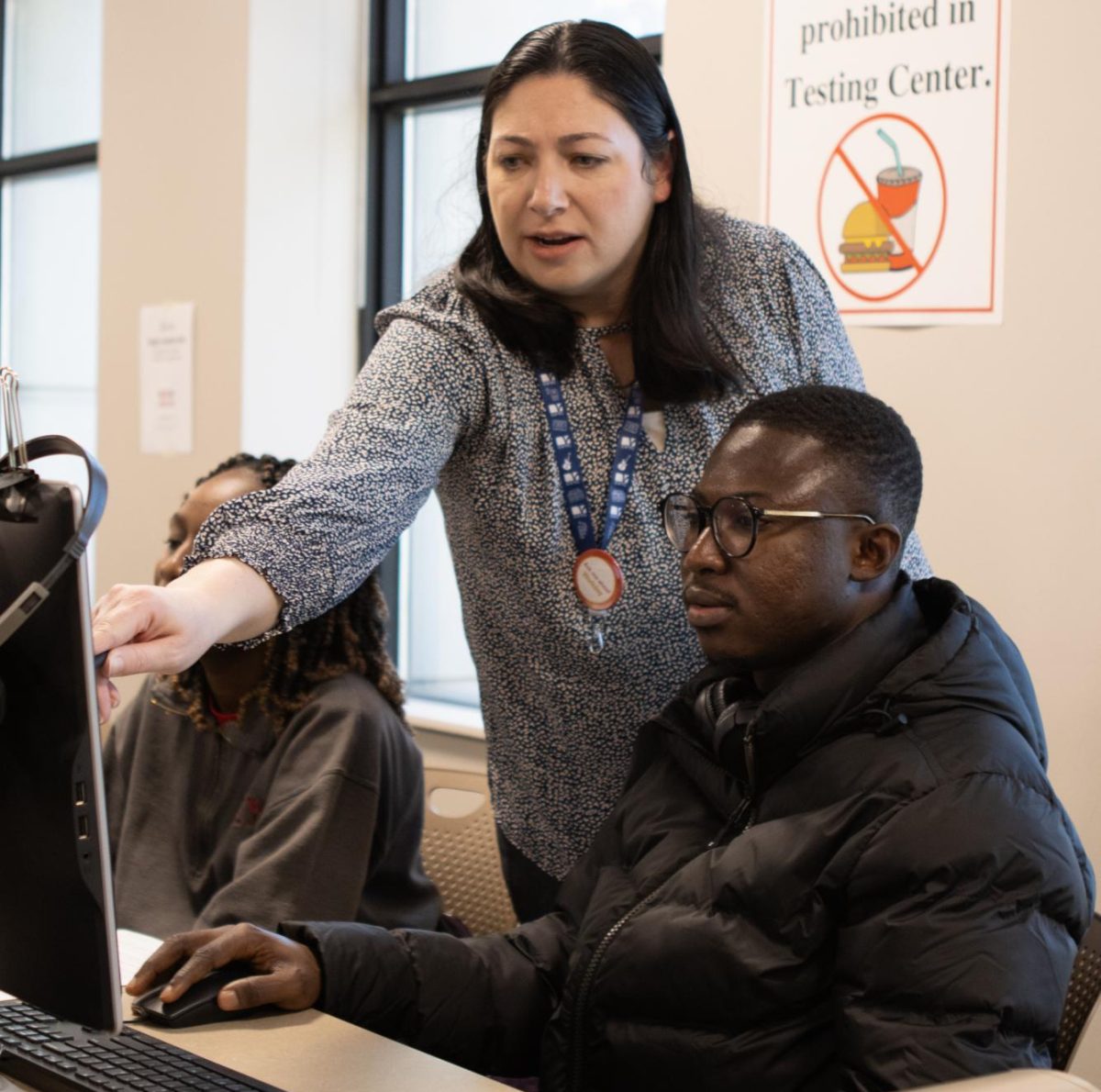
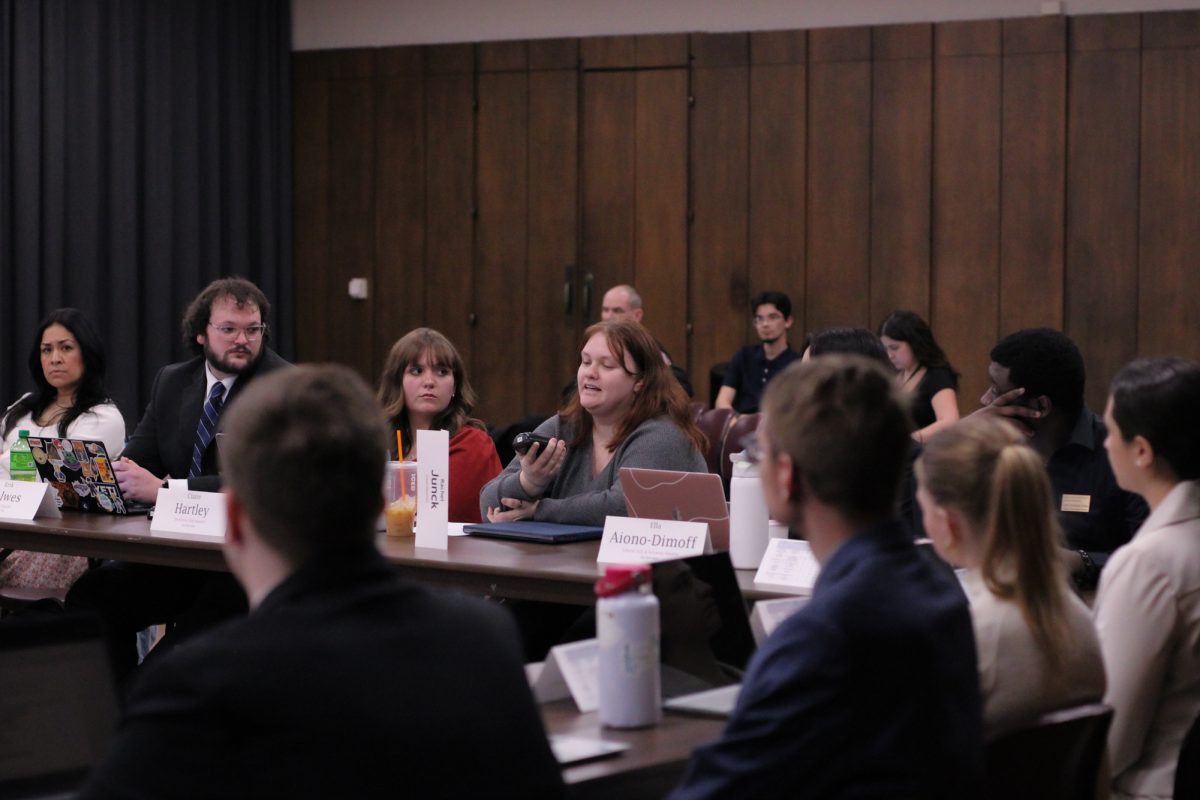








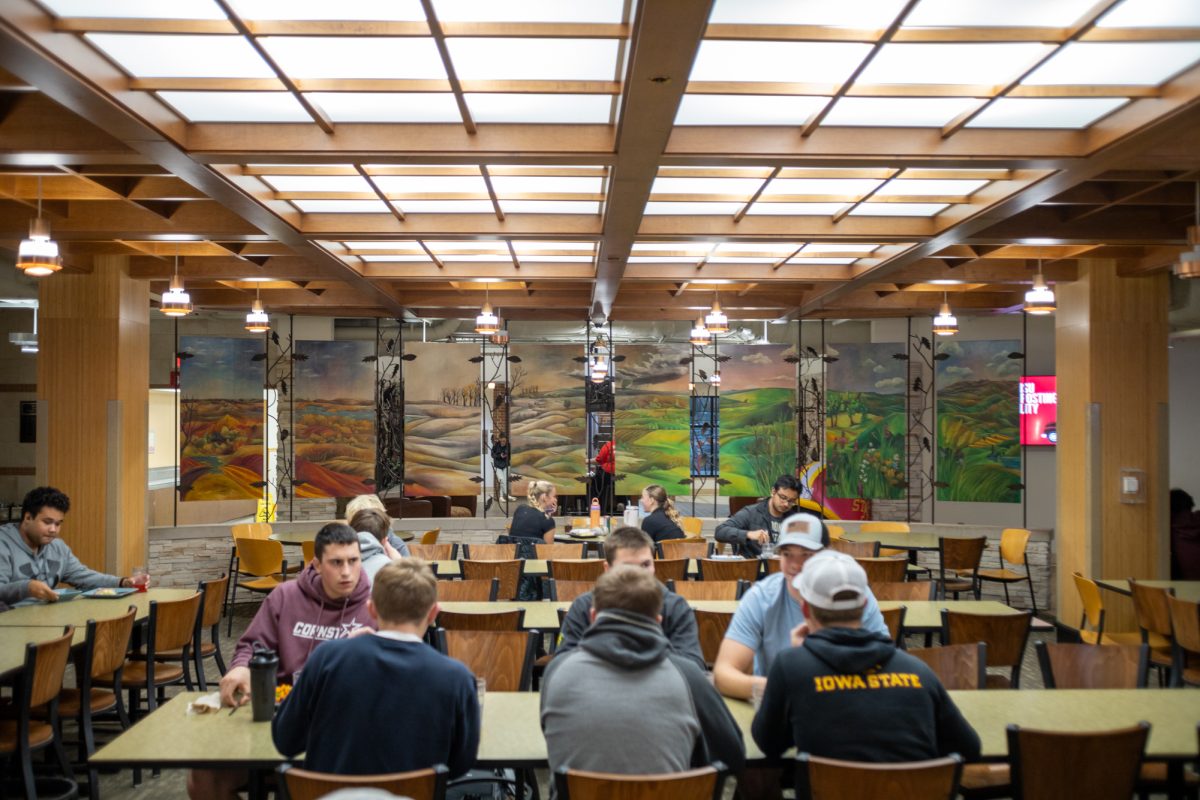

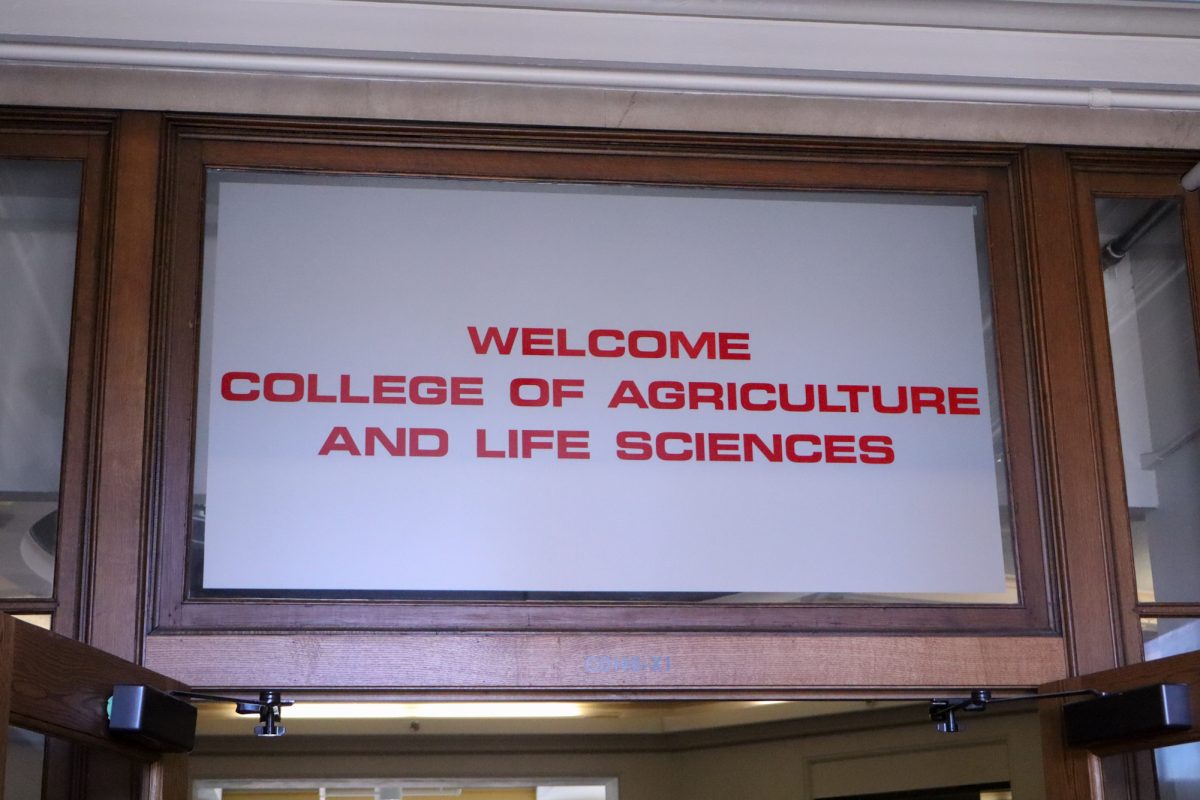



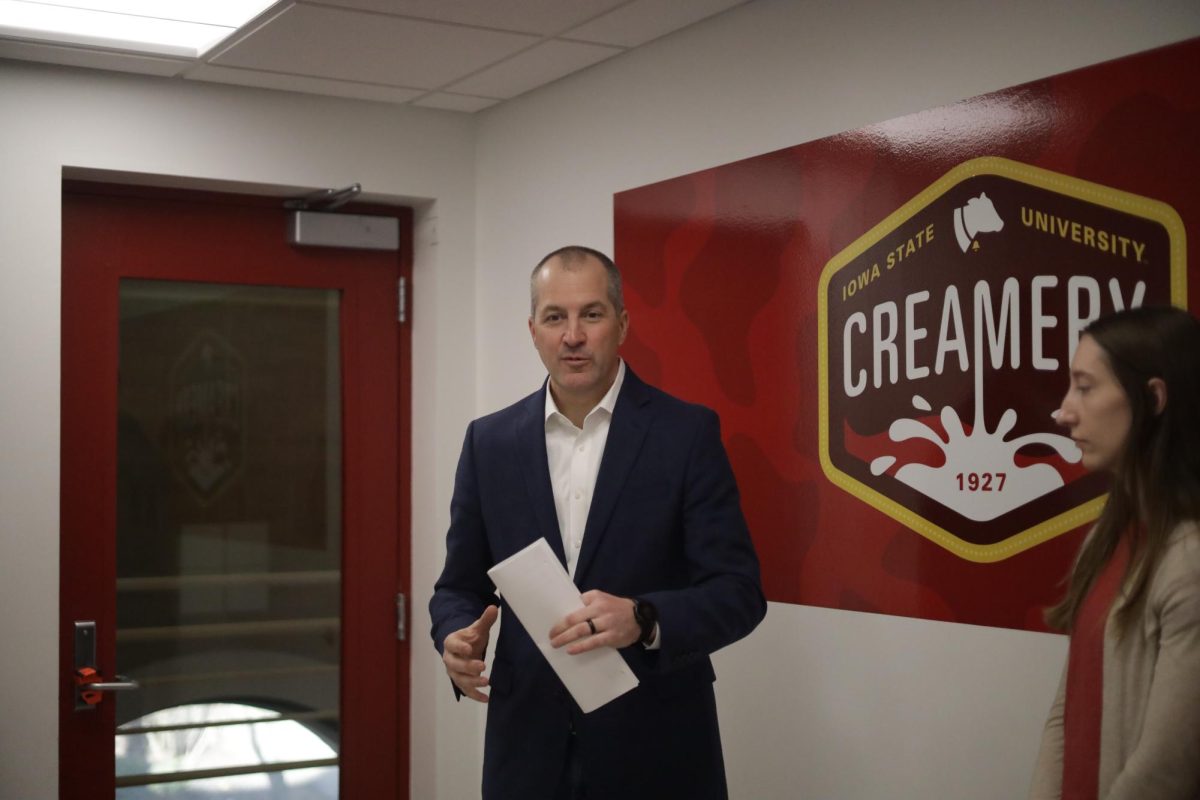

Rowan | Sep 24, 2024 at 7:59 pm
It is truly the worst. We have been having issues getting our financial aid for over a month now. It is the worst site I have ever been a part of and I wish they would have stayed with accessplus.
Lee Van Brocklin | Apr 30, 2024 at 1:37 pm
Too bad the columnist didn’t interview academic and support staff about their experience working with Workday. I’m certain a different story would emerge.